Hi – I have a box of news paper articles that I was hoping to preserve on a disc. or a scrapbook type. . . any ideas . . . thank you.
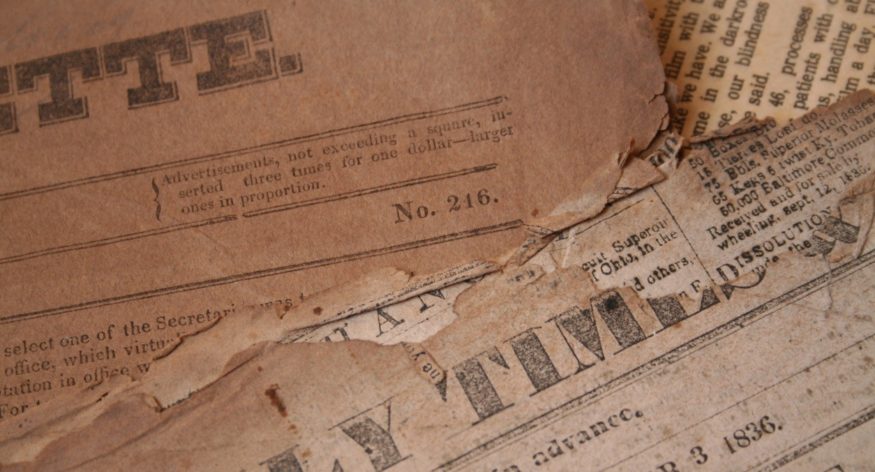

Obituaries, marriage announcements, and birth announcements are just a few of the types of newspaper clippings that can be filed among genealogical records. Newspapers are essential resources for genealogy and family history research. In addition to providing birth, marriage, and death notices, society pages contain stories rich with information on persons of interest, as well as various community activities and events.
Newspapers have been a gold mine for my own genealogy research. Finding the newspaper articles about the accidental gassing of the members of my husband’s Barker family in Detroit, Michigan in 1930 truly brought this family tragedy into a much better perspective. Until I found the newspaper clippings, I had a hard time putting the pieces of the story together.
Search over 80 million newspaper records in MyHeritage SuperSearch™
Do you have physical newspaper cuttings from throughout the years? Are you archiving and preserving them so they don’t harm other documents? Yes, newspaper clippings and newsprint can harm, even damage, other documents. The paper used for newspapers is very acidic, and the chemicals in newspaper print can leave an orange or dark stain upon contact with another document. You don’t want this to happen to your original documents, such as death certificates, birth certificates, and marriage records. The damage done by newspaper print is irreversible!
Here are five easy steps that the home archivist can take to archive newspaper clippings in a way that won’t harm other documents:
- Digitize the newspaper clippings. This can be done by scanning or photographing them, then saving them to a computer, thumb drive, or backup hard drive. This is a great preservation step that we should be doing with all our documents, photographs, and genealogy records. Once you have digitized the newspaper clipping, you can decide whether to keep the clipping or throw it away.
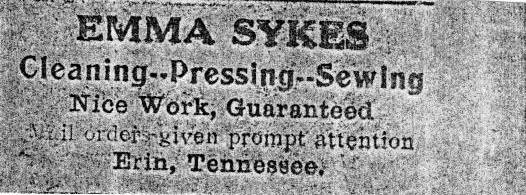
Emma Skyes newspaper clipping from the archived collections of the Houston County, Tennessee Archives
- Make good-quality photocopies of the clippings. Be sure to record the source citation of the clipping, if there is any, on the photocopy with a soft #2 pencil. Many newspaper clippings don’t include the date or name of the newspaper because that information was clipped off. Use archival photo paper to ensure your copies will not damage other documents they touch. Once you have made a good-quality copy, again, you can decide whether to keep the newspaper clipping or discard it.
- If you decide to keep your newspaper clippings, purchase archival safe sleeves to store them. Archival sleeves will protect the clippings and prevent any damage they may cause by touching other documents in your collection. These sleeves can be purchased at any online archival materials supply stores (see list below). They come in many different sizes and shapes.
- Only put one clipping in each sleeve. Stuffing the sleeve with newspaper clippings could damage them. Storing newspaper clippings in separate sleeves will ensure that they don’t touch any other documents.
- File the preserved newspaper clippings in genealogy files, three-ring binders, or wherever you store your genealogical records. Be sure the temperature and humidity levels in that storage area are consistent. Temperatures should be around 65 degrees and the humidity levels should be at about 35%. Do not store genealogical records in an attic or basement.
These five easy steps will ensure the newspaper clippings are preserved and the information contained in them is saved.
CAUTION: Do not laminate newspaper clippings or any genealogical documents. The laminating sheets contain chemicals that can leech into the documents and destroy them over time. Lamination is very difficult to reverse. Don’t do anything to documents that can’t be undone.
Be sure to store all genealogical records, newspapers, and newspaper clippings in a cool, dry, and dark place. Newspapers deteriorate very rapidly when stored in a warm and humid environment.
Newspapers and newspaper clippings can be a gold mine for genealogists. Be sure to preserve the ones you have!
This is a guest post by archivist and professional genealogist Melissa Barker, owner of Once Upon A Time Genealogy. She has over 26 years of genealogy research experience and six years’ experience in the archives/records management field.
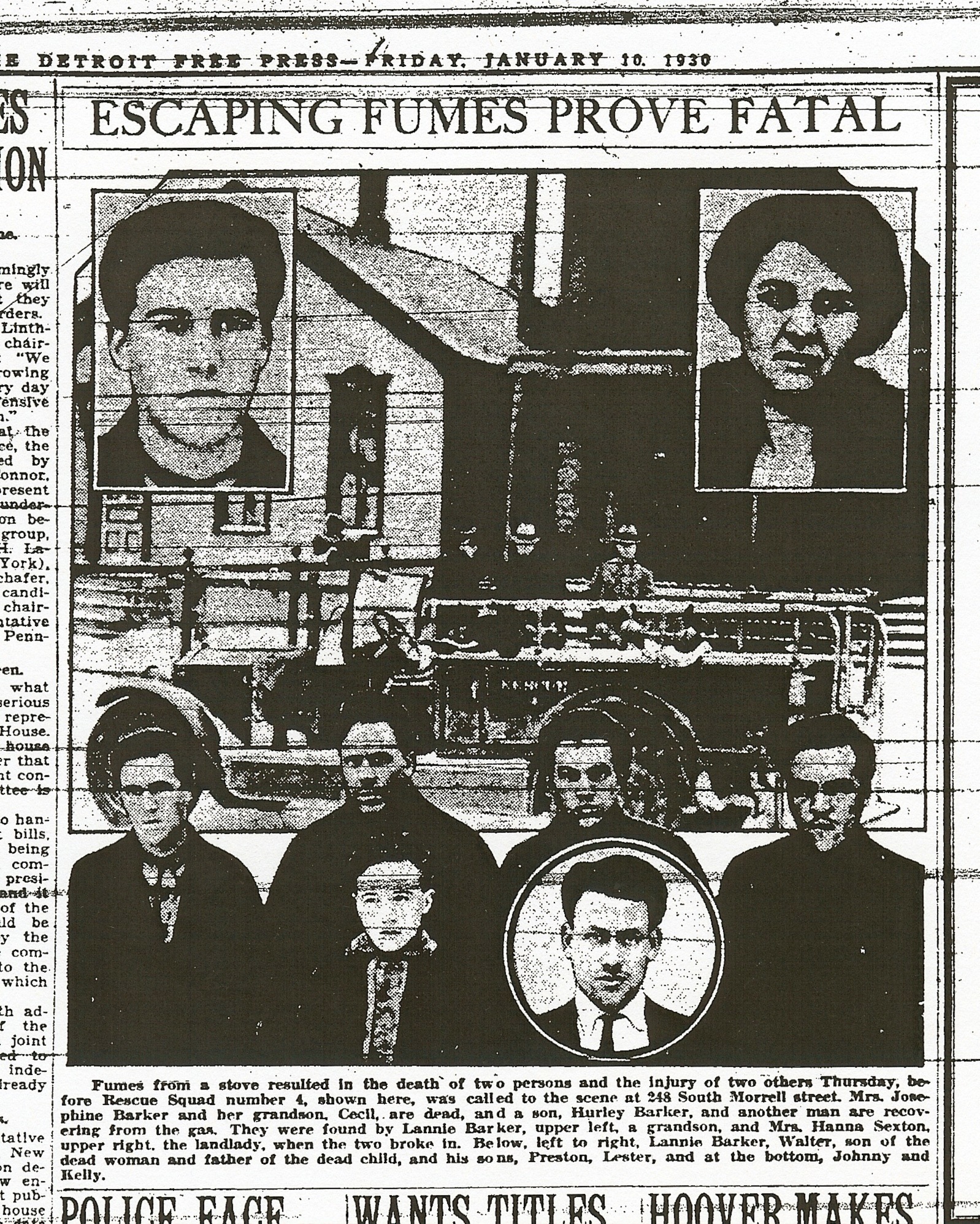
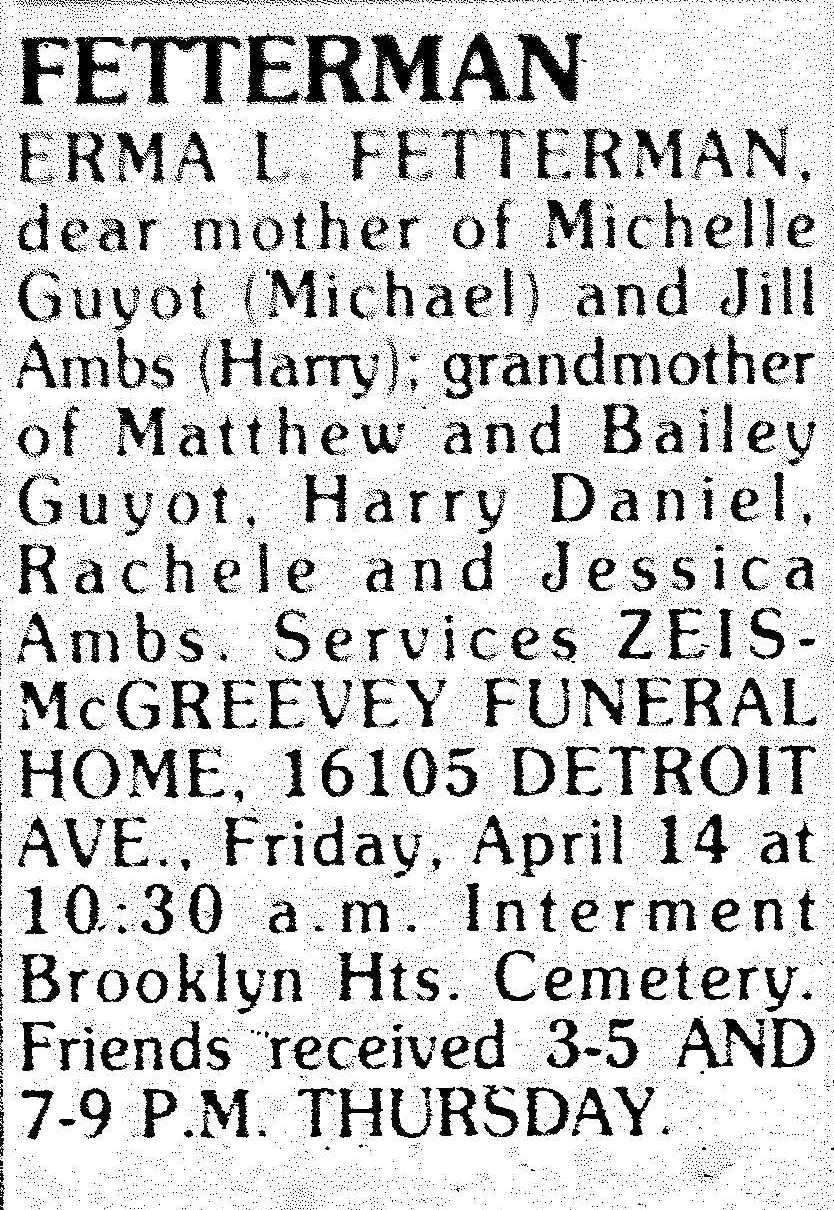
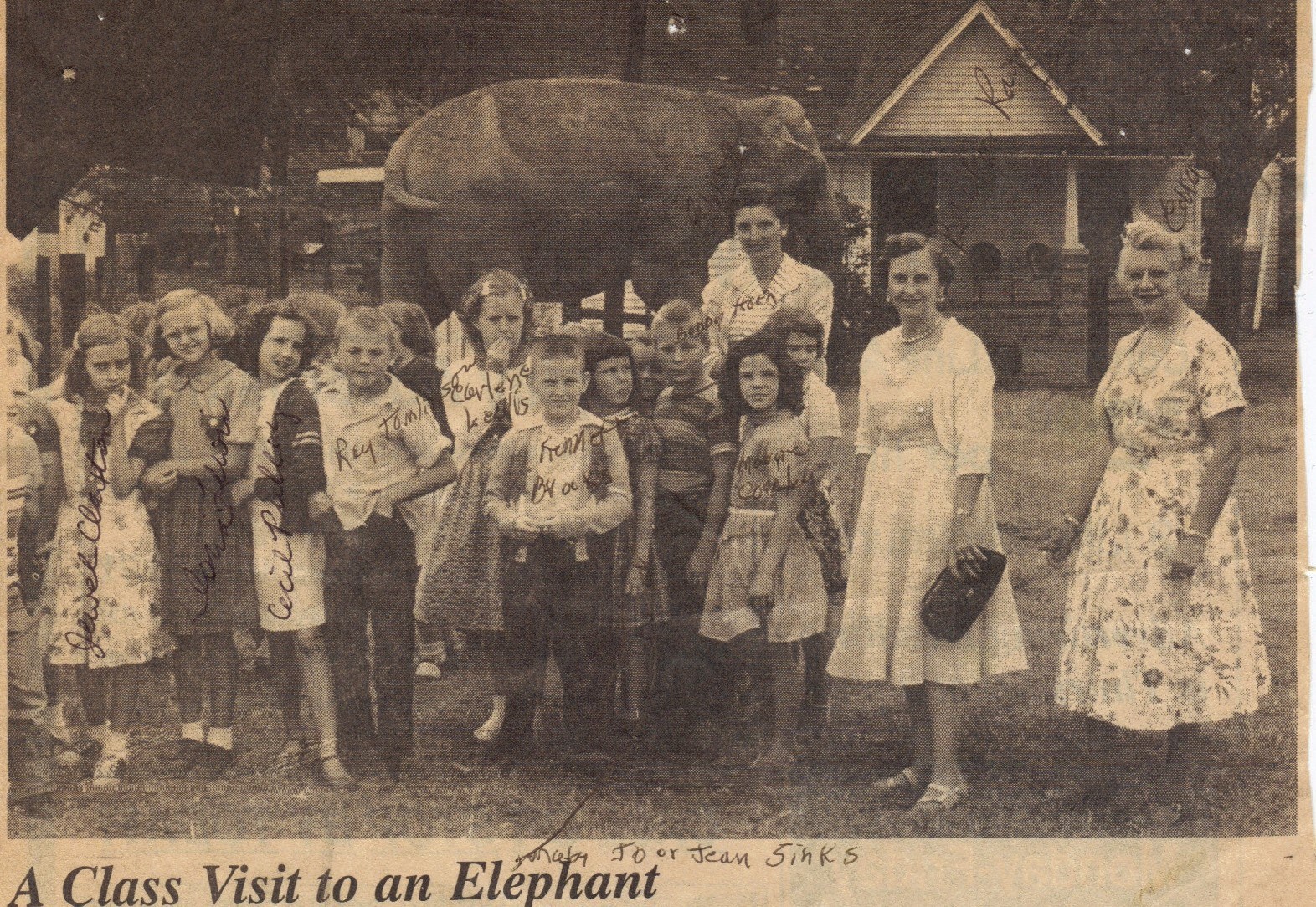
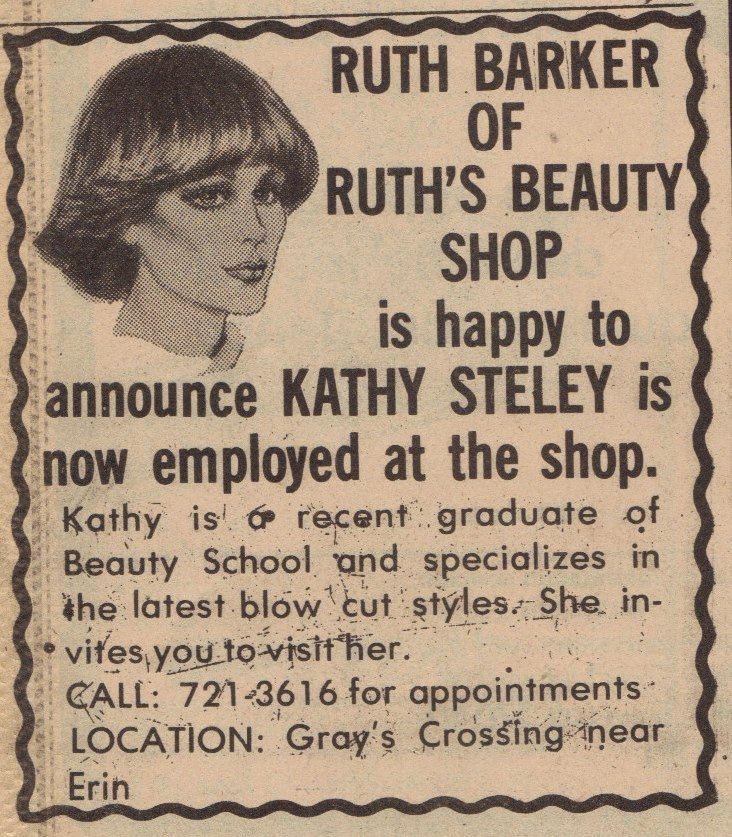
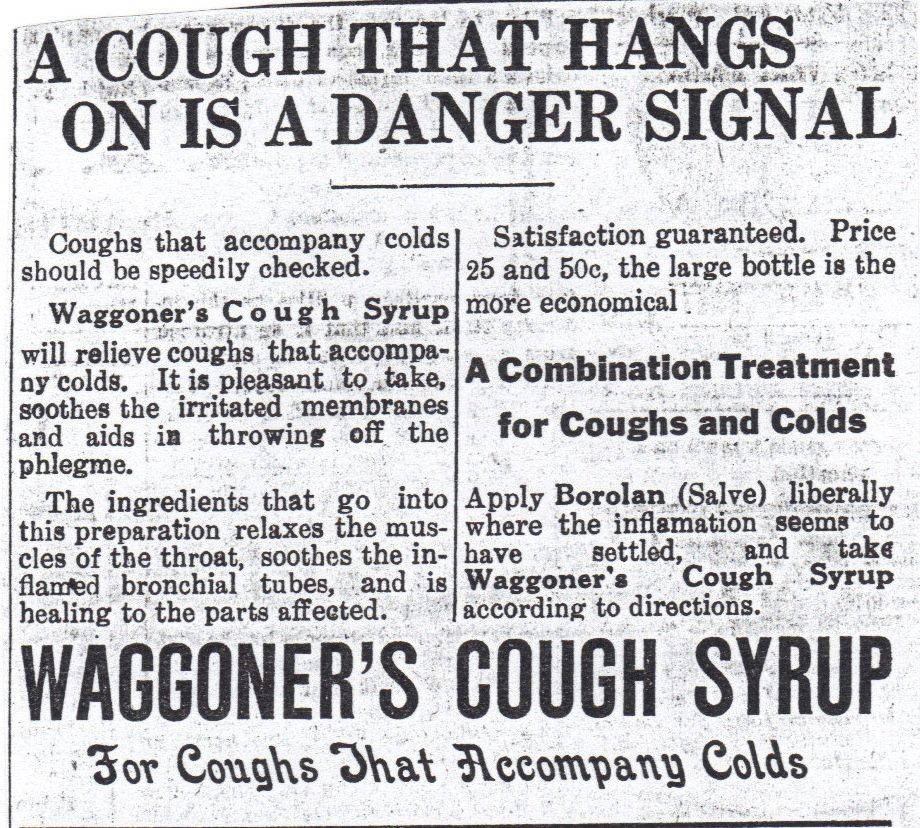

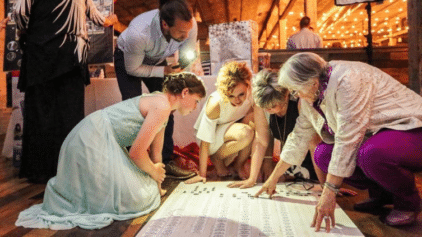
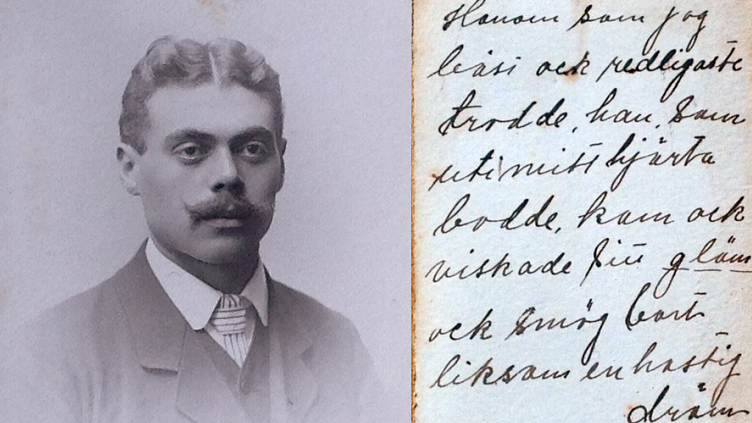



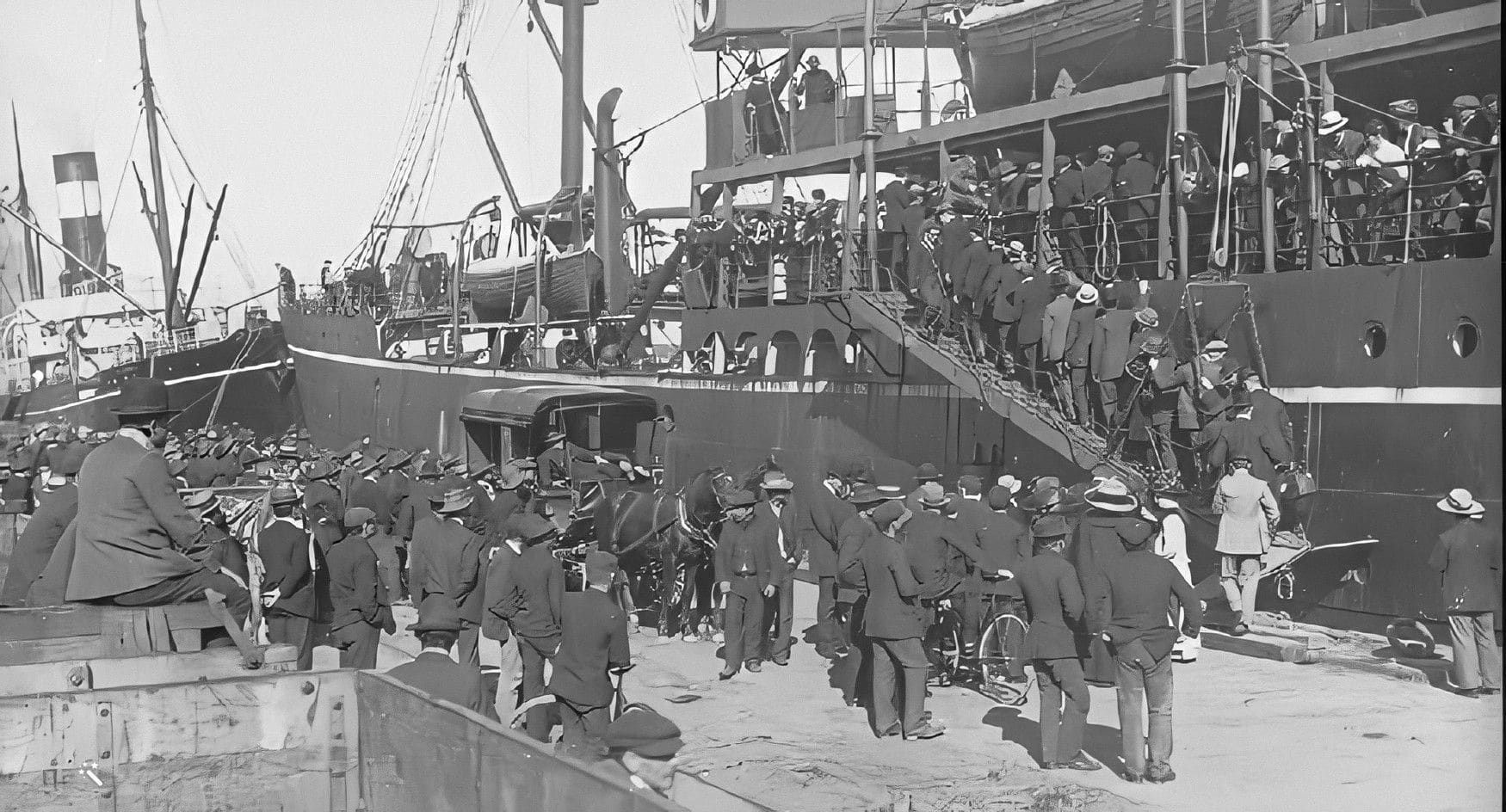
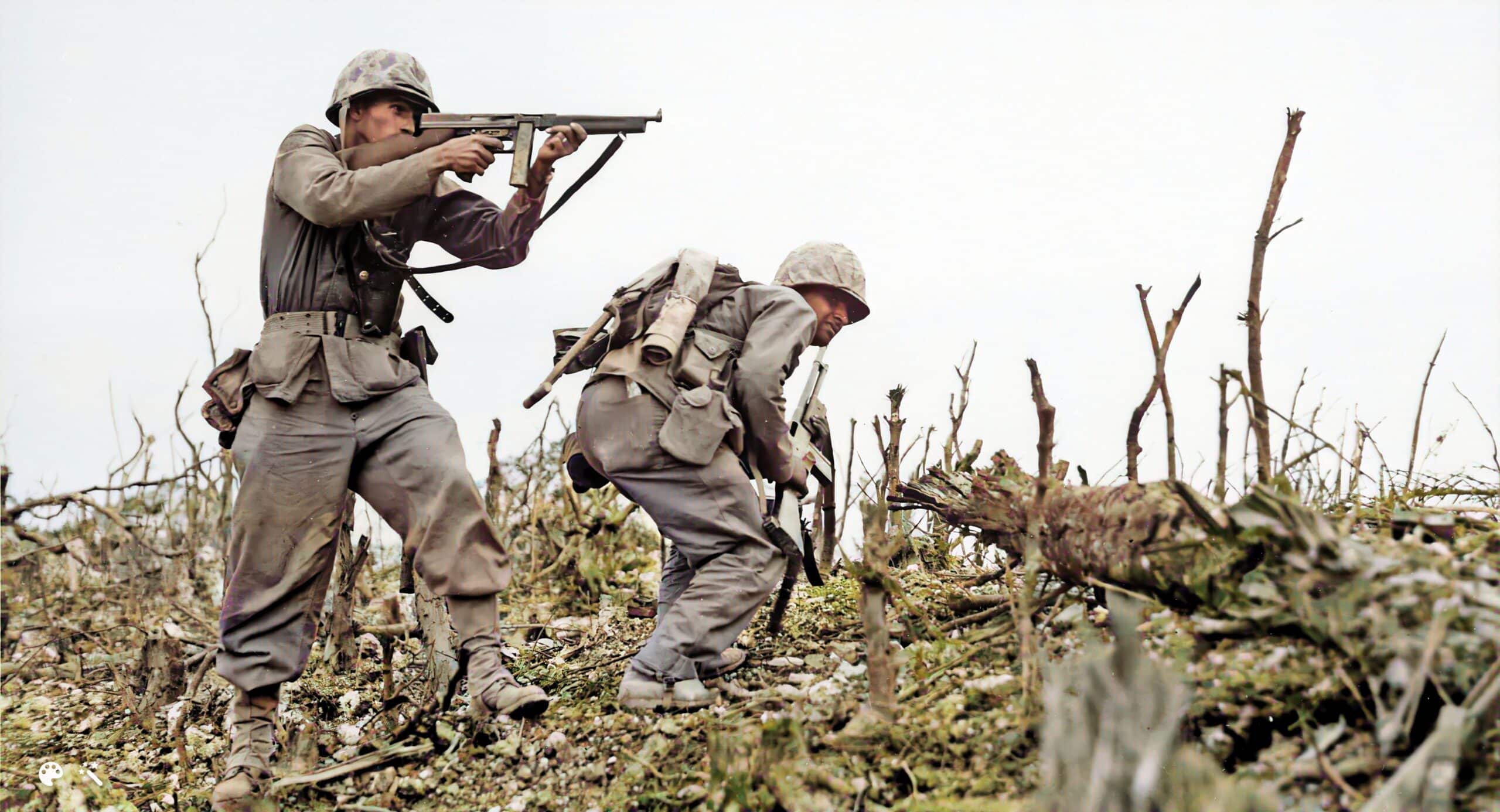


Deborra Wood
September 22, 2019
Are the mentioned “online archival materials supply stores” included anywhere in this post? Thanks.